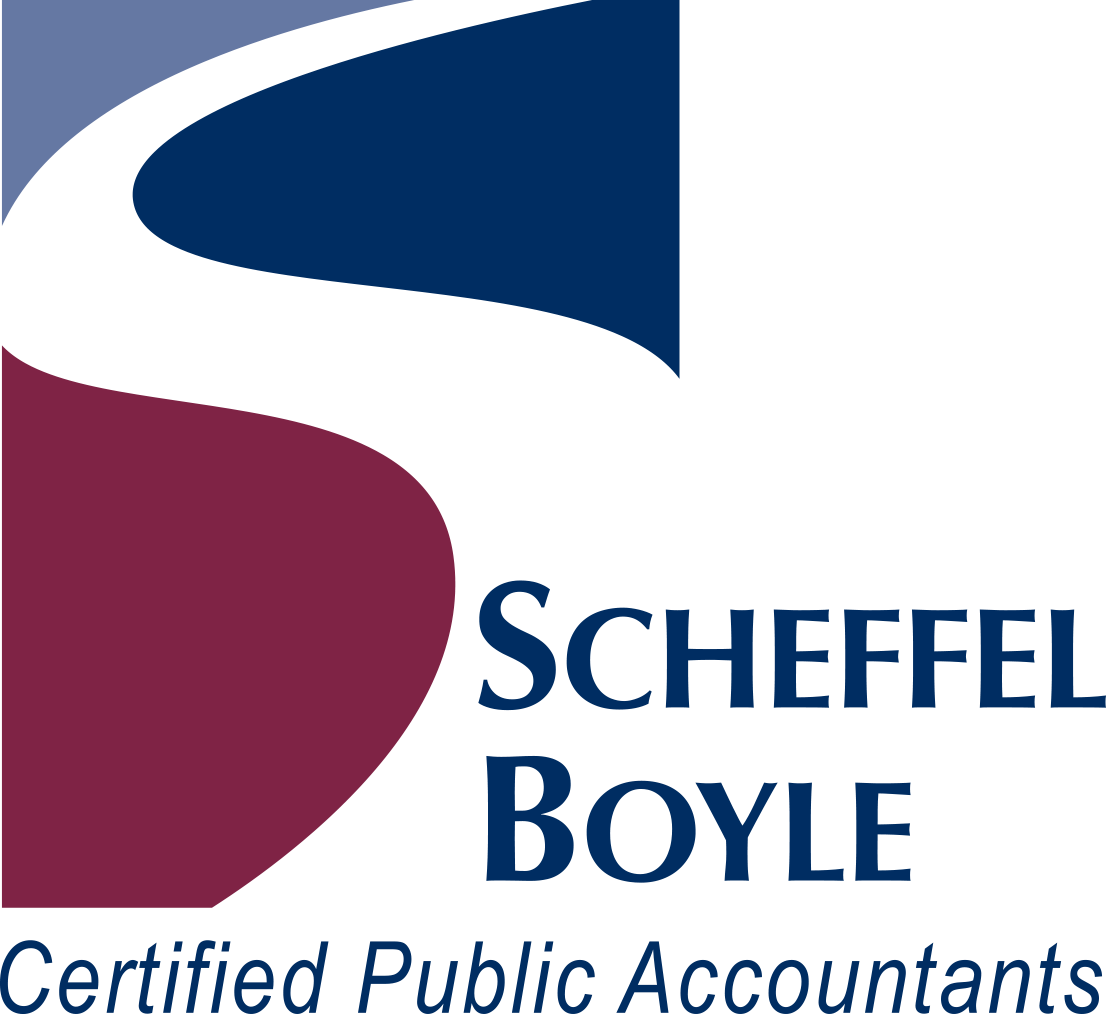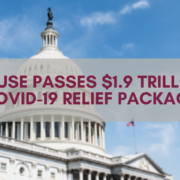House passes $1.9 trillion COVID-19 relief package
The U.S. House of Representatives passed the latest COVID-19 relief package early Saturday morning. The bill, titled The American Rescue Plan Act of 2021, H.R. 1319), includes several different provisions such as $1,400 stimulus checks for individuals, extended unemployment benefits, and aid for small businesses and not-for-profits. Click here to view the full text of the bill.
The bill is anticipated to be signed before March 14, when current extended unemployment benefits are set to expire.
At the time this blog was posted, these provisions have not been signed into law. Additional revisions may also be made to the bill by the Senate before their deciding vote. We encourage you to reach out to one of our professionals for questions about these provisions. We are here to help!
A summary of key provisions from the proposed bill is as follows:
Individual Provisions
- Recovery Rebate Credits/Stimulus Checks
- Taxpayers with adjusted gross income (AGI) under $75,000 individually will receive $1,400 direct payments. Married taxpayers filing jointly earning up to $150,000 will receive $2,800.
- Eligible taxpayers will also receive $1,400 for each dependent.
- Eligibility is calculated using 2019 AGI unless a taxpayer has already filed a 2020 return.
- Advance payment of the credits will be sent as economic impact payment checks.
- Taxpayers with adjusted gross income (AGI) under $75,000 individually will receive $1,400 direct payments. Married taxpayers filing jointly earning up to $150,000 will receive $2,800.
- Unemployment Benefits
- Extends pandemic unemployment benefits for gig workers and long-term unemployment through August 2021
- Increases state benefits by $400 per week, up from $300
- Increases the total number of weeks eligible for the supplement to 73 weeks from 50 weeks
- Premium Tax Credit (Related to Health Insurance)
- A special rule is added that treats a taxpayer who has received, or has been approved to receive unemployment compensation for any week beginning during 2021 as an applicable taxpayer
- Child Tax Credit
- Expands the Child Tax Credit by:
- Making the credit fully refundable for 2021;
- Making 17-year-olds eligible as qualifying children; and
- Increasing the amount of the credit to $3,000 per child ($3,600 for children under 6).
- The Child Tax Credit would phase out for taxpayers with income over $150,000 for married taxpayers filing jointly, $112,500 for heads of households, and $75,000 for others
- Expands the Child Tax Credit by:
- Child & Dependent Care Credit
- Expands the Child & Dependent Care Credit by:
- Making the credit fully refundable for 2021; and
- Increases the exclusion for employer-provided dependent care assistance to $10,500 for 2021.
- Family & Sick Leave Credits
- Extends credits established by the Families First Coronavirus Response Act until September 30, 2021
- Increases the limit on the credit for paid family leave to $12,000
- The number of days a self-employed individual can take into account in calculating the qualified family leave equivalent amount for self-employed individuals increases from 50 to 60
- Paid leave credits will be allowed for leave that is due to COVID-19 vaccination
- The limitation on overall number of days taken into account for paid sick leave will reset after March 31, 2021
- Credits are expanded, allowing 501(c)(1) governmental organizations to take them
- Expands the Child & Dependent Care Credit by:
Business Provisions
- Paycheck Protection Program (PPP)
- Allocates additional $7.25 billion for PPP forgivable loans; applications scheduled to close on March 31, 2021
- Makes more not-for-profit organizations eligible
- Some larger not-for-profit organizations are also now eligible to apply for PPP loans
- Internet-only news and periodic publishers with more than one physical location are now eligible
- Restaurant Revitalization Fund (RRF)
- Allocates $25 billion for food and beverage establishments
- RRF grants equal to the pandemic-related revenue loss of the entity, up to $10 million per entity, or $5 million per physical location (limited to 20 locations)
- RRF grants are calculated by subtracting 2020 revenue from 2019 revenue and can be used for certain eligible expenses:
- Sets aside $5 billion for eligible applicants with 2019 gross receipts of $500,000 or less
- During the first 21 days of the grant period, the SBA will prioritize applications from restaurants owned and operated or controlled by women, veterans, or socially and economically disadvantaged individuals
- Funds from RRF grants shall not be included in the gross income of the person who receives the grant
- Economic Injury Disaster Loan (EIDL)
- Allocates $15 billion to Targeted EIDL grants to businesses located in low-income communities that have no more than 300 employees and have suffered an economic loss more than 30% of gross receipts
- Funds from Targeted EIDL grants shall not be included in the gross income of the person who receives the grant
- Employee Retention Credits (ERC)
- Extends the ERC through the end of 2021
- Shuttered Venue Operators (SVO) Grant
- Allocates $1.25 billion to the SVO grant program



